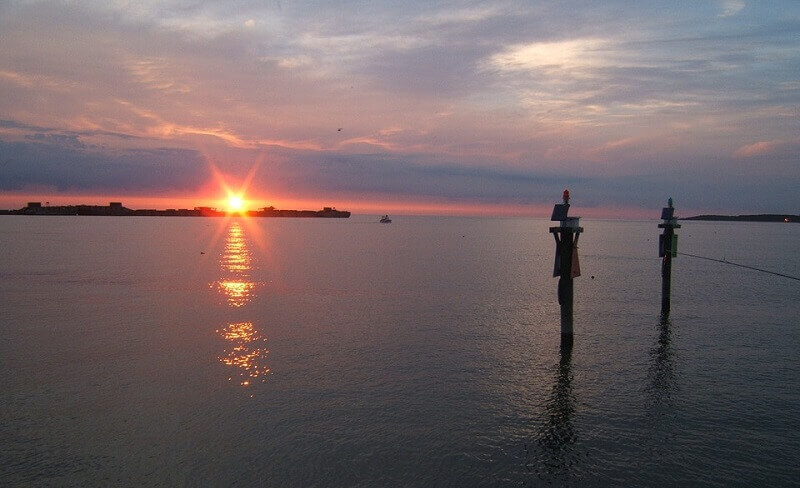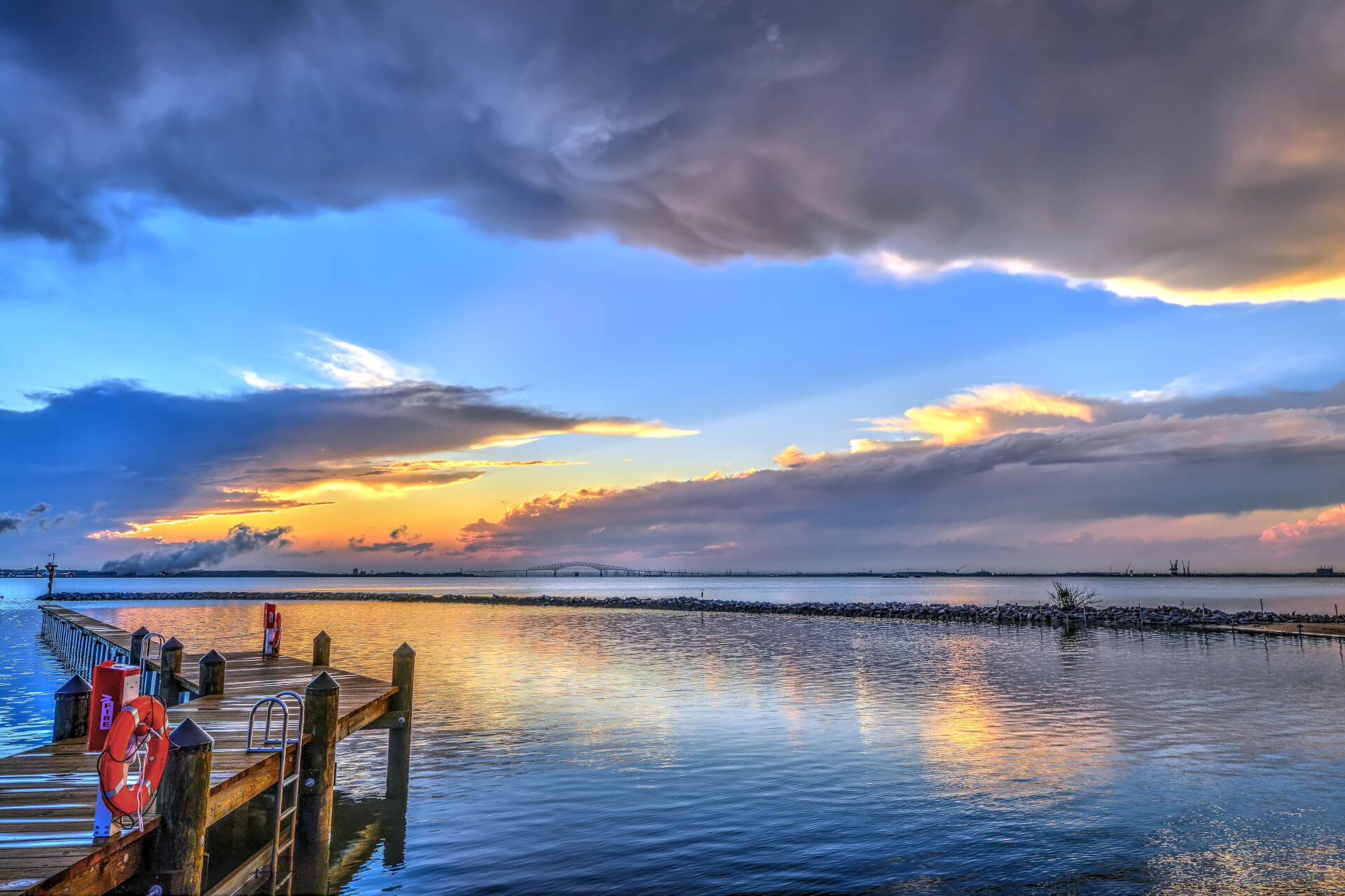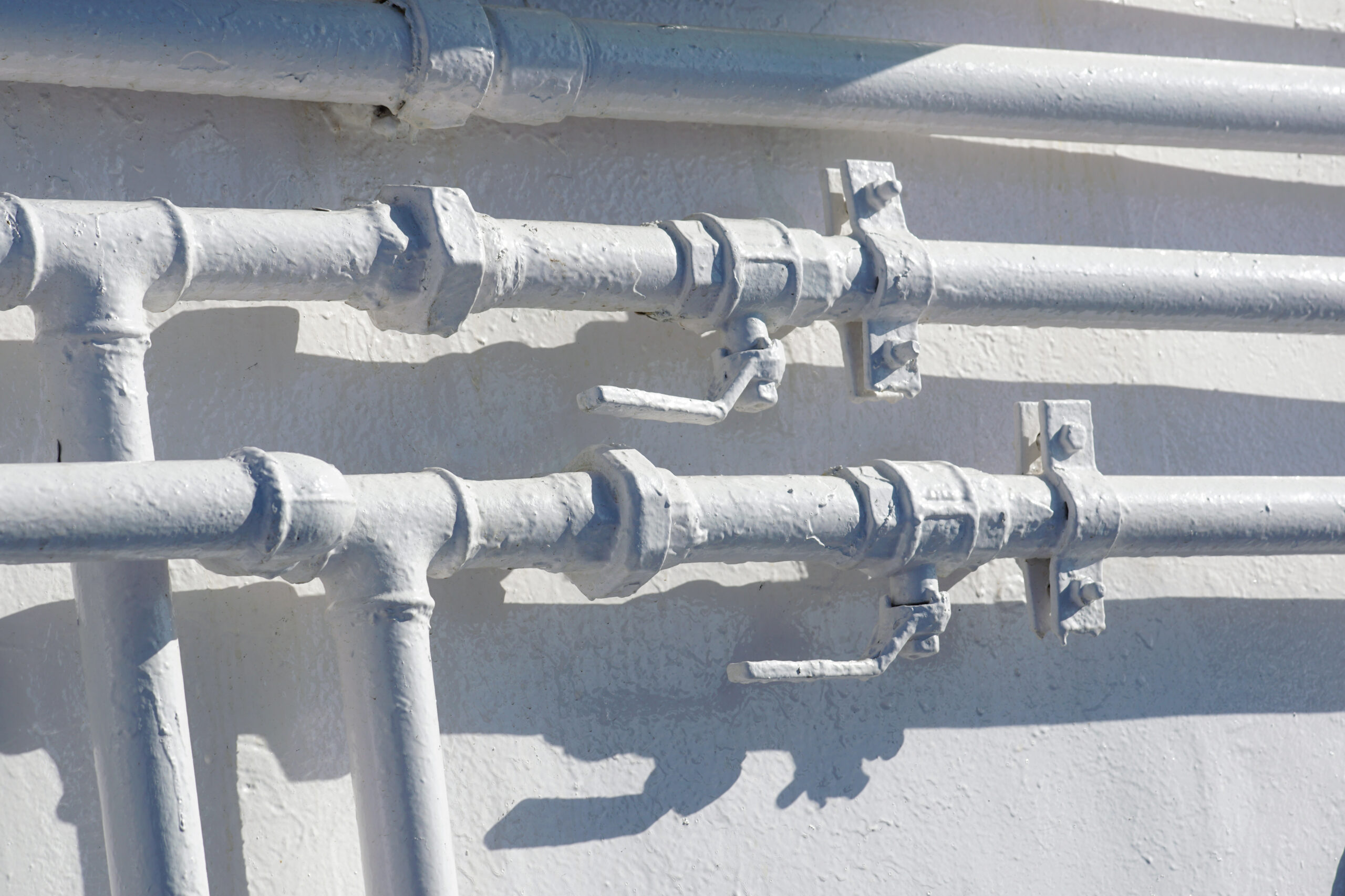Opinion: On the 50th anniversary of the Clean Water Act, the Chesapeake Bay deserves more

By Tom Pelton
Tom Pelton is author of the book “The Chesapeake in Focus: Transforming the Natural World” and director of communications for the Environmental Integrity Project.
There was an almost surreal detachment last week between what the U.S. Environmental Protection Agency was announcing about the Chesapeake Bay, and the tone of the presentation.
The substance of the annual meeting on Oct. 11 of the Chesapeake Bay Executive Council, an advisory committee of Bay region governors and the EPA, was bleak: After decades of effort and billions of dollars spent, the most recent Bay cleanup plan was going to end far from meeting its goals by the deadline of 2025.
That meant the failure of the third regional Bay cleanup agreement in a quarter century, with previous cleanup plans also failing in 2000 and 2010.
Populations of the Bay’s iconic blue crabs this year crashed to the lowest levels on record. The Bay’s overall health scored an anemic 50 out of 100 in the University of Maryland’s Center for Environmental Science’s most recent annual report card on the Bay, not much changed from the 48 out of 100 when the scores began, back in 1986.
Reflect upon those numbers for a moment — especially Tuesday, on the 50th anniversary of the federal Clean Water Act, a landmark in American history.
A score of 50 out of 100 on an exam is still an F, even if it’s slightly better than a 48.
Yet there was a self-congratulatory tone of EPA Administrator Michael Regan and many of the officials at the Chesapeake Bay Executive Council meeting on Oct. 11 while they acknowledged that the much-touted 2010 Bay cleanup plan would not meet its 2025 targets.
“What most impresses me is the partnership across this vast watershed,” said Kandis Boyd, Director of EPA’ Chesapeake Bay Program. She repeated the word “partnership” at least four times, suggesting that more voluntary, collaborative work with polluters will win the day.
“We are up for the challenge!” Regan proclaimed.
Now the EPA and the Bay states over the next year will likely go back and formulate even more modest cleanup targets and extended deadlines, allowing them to declare victory by moving the goalposts.
After two previous failed Bay cleanup agreements, this time it was supposed to be different. The Bay pollution “diet” created by the Obama administration in 2010 allowed states to formulate their own cleanup plans to meet a pollution reduction target established by EPA, and then threaten penalties (euphemistically called “backstop actions” in Bay Program-speak) by EPA if the states didn’t implement their plans.
But the problem was the states wrote underfunded plans — often based on voluntary actions by farmers to plant trees or build livestock fences along streams to control fertilizer runoff by agriculture, the single largest source of pollution in the Bay. EPA’s Chesapeake Bay Program would chide the states on their unrealistic plans in gently-written bureaucratic missives every two years, but would never lower the hammer on their “partners.”
A core problem is the structure of the Chesapeake Bay Program itself. Established during the Reagan administration under a “states’ rights” model of avoiding top-down federal authority, EPA’s Annapolis-based Bay Program has no power to stop pollution from anyone. All it has are scientists, planners, coordinators, and communicators. Although their skills are important to the Bay cleanup, they are not enough, because all they can do is issue reports and feedback on state plans.
For the Bay cleanup to work, it needs to be rebuilt. Its foundation should be law enforcement instead of voluntary actions and “partnerships.” The 1972 Clean Water Act is not perfect — Congress granted a huge loophole for crop farming, for example — but it does provide EPA’s Region 3 office in Philadelphia and state environmental agencies with powerful enforcement tools, if elected officials have the political will to use them.
For example, Pennsylvania is responsible for more Bay-killing nitrogen pollution than any other state, with farm runoff the biggest source. Given that the Clean Water Act does not grant EPA authority over crop farms, EPA cannot simply order Pennsylvania’s farmers to keep their manure out of streams.
However, the law does give EPA authority over permits for sewage treatment plants. And while Maryland, Virginia and District of Columbia taxpayers have invested billions of dollars upgrading most of their municipal wastewater plans to the highest level of nitrogen removal technology, Pennsylvania has only made this investment for only 4% (seven of 189) of its large- to medium-sized sewage treatment plants.
As a matter of simple fairness, EPA should — as a penalty or “backstop action” to Pennsylvania for its repeated failures under the 2010 Bay cleanup plan — tell the Keystone State to modernize all of its sewage plants to the same level as its downstream neighbors in Maryland. That rifle shot would send a clear signal to our Pennsylvania “partner” that they need to start taking the Bay cleanup more seriously across the board, including for farming.
Maryland and the other states need to take law enforcement more seriously, too. A report earlier this year found that water enforcement actions and inspections by the Maryland Department of the Environment have been plummeting for more than decade and in 2021 crashed to half the annual average going back to 2001. Notable failures included “systemic problems” and sewage spills at Baltimore’s wastewater treatment plants.
After three failed Bay cleanup agreements, our lack of resolve reeks. The Chesapeake Bay defines our region, and we owe it more than just happy talk before it dies before our eyes. We owe it the protection of law enforcement and the Clean Water Act.




 Creative Commons Attribution
Creative Commons Attribution